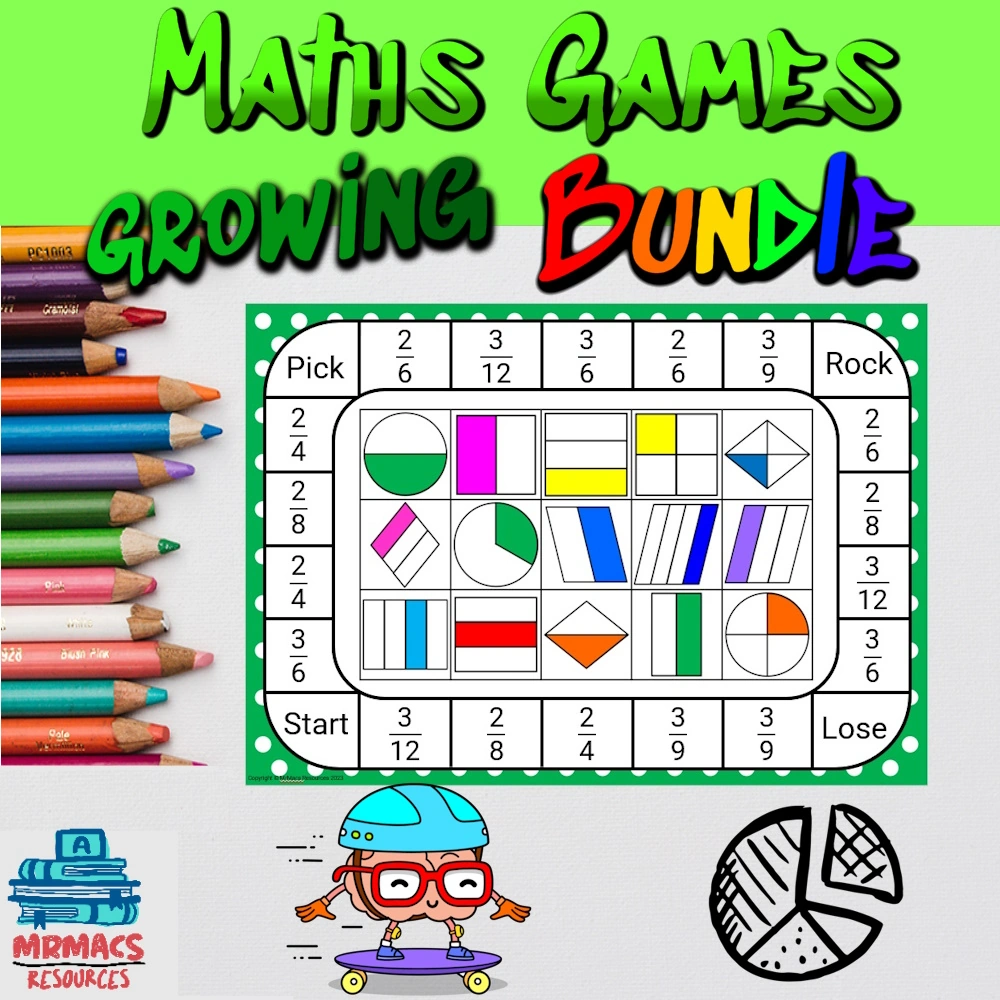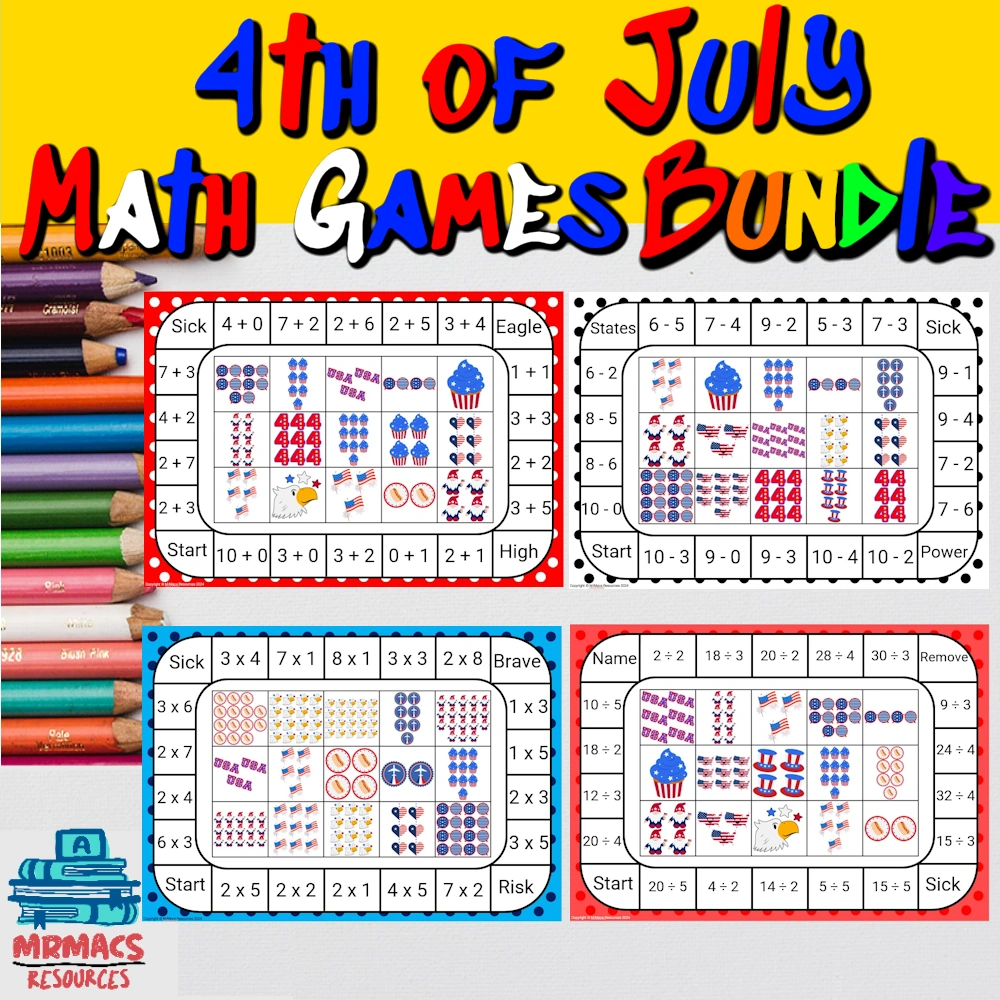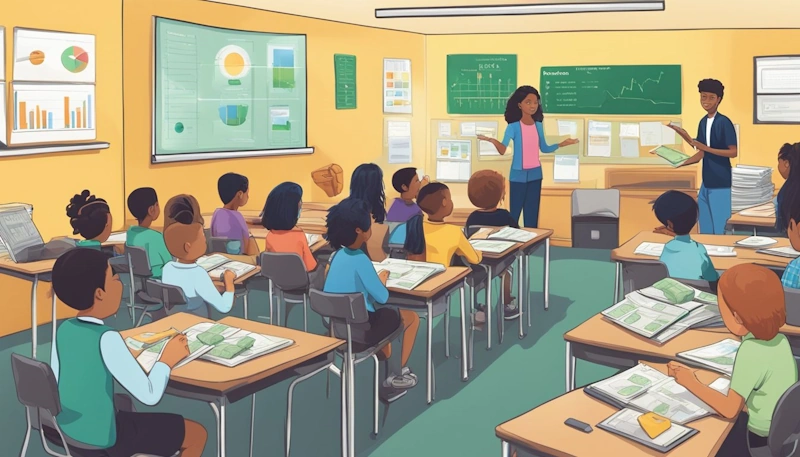
Learning about money is a vital skill that can help your students make better choices now and in the future. Yet, teaching financial literacy can seem challenging without the right tools and ideas. By using hands-on activities, real-life examples, and interactive resources, you can make money lessons engaging and easy to understand.
Whether you’re working through budgeting, setting savings goals, or exploring careers, there are many creative ways to bring these subjects to life in your classroom. For example, you might introduce games, online calculators, or simple videos to spark interest and encourage conversation. Moreover, these teaching strategies not only build basic knowledge but also help students become more confident in handling their finances.
Fundamental Concepts in Teaching Financial Literacy
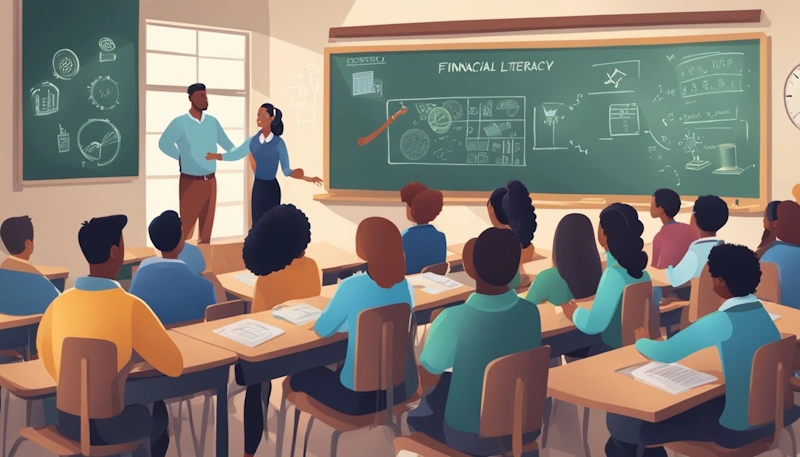
Firstly, understanding financial literacy starts with learning how to manage money in everyday situations. Students build basic financial habits by practising how to budget, spend wisely, and make choices that affect their personal finance.
Developing Budgeting Skills
Learning to budget helps students plan their money, so you do not run out before your next pay or pocket money allowance. A simple way to start is by listing all your income, such as allowances or part-time job pay, and your expected expenses, like lunch or transport.
Here is a simple budget table:
Item | Income/Expense | Amount |
Allowance | Income | $20 |
Lunch | Expense | $10 |
Bus fare | Expense | $5 |
Savings | Expense | $5 |
Budgets help you track where your money goes and to help you find areas to save. When you create your own budget, you learn to set limits and make smarter money choices each week.
Smart Spending and Saving
It is important to teach your students the difference between “needs” and “wants” as it is at the heart of smart spending. Needs are things you must have, like food and school supplies. Wants are things like new clothes or games. Finally, deciding what is really important can help them avoid buying things they do not need.
One tip you can teach your students is to have lists before shopping to stop impulse buys. Another tip is to compare prices and look for sales. Each time you choose saving over spending, you build better money habits. Furthermore, putting aside a small amount each week, even just a few dollars, soon adds up and gives more freedom in the future.
Practical Money Skills for Life
Practical money skills go beyond just saving or budgeting. They include understanding how banks work, how to use debit cards safely, and knowing about interest that can make your savings grow or debts increase. Learning about these will help your students make confident choices when managing money in the future.
Many schools use simple games and role-plays to teach these skills. For example, acting out a shopping trip, filling out a deposit slip, or using online banking tools. You’ll use these skills every day, from buying lunch at school to looking after your own bank account. As a matter of fact, practice lets your students become more independent and aware of their personal finance decisions.
Engaging Financial Literacy Learning Activities
You can make financial education more meaningful for your students through hands-on activities. Using a mix of lesson plans, play, and quizzes, you guide students to build real-world money skills.
Teaching Financial Literacy - Interactive Lesson Plans
Using interactive lesson plans, you can break down complex financial topics into small, easy-to-understand parts. For example, you might have students create simple budgets for their weekly expenses or explore the differences between needs and wants through group discussions.
Many award-winning curriculum providers offer lesson plans that include sample scenarios, such as mock shopping, or comparing savings accounts. To add, you can use these activities to show concepts like setting savings goals, making smart spending decisions, or understanding how credit works.
With clear course materials and worksheets, students get to practise making financial choices in a safe environment. By the same token, this strengthens their confidence and gives them practical tools for real life.
Games and Play-Based Learning
Games and play-based activities help your students relate to money concepts in a fun way. Likewise, you might use Jenga blocks to demonstrate how a credit score can be affected by different financial choices or play sorting games to identify needs versus wants.
Roleplaying scenarios are another hands-on technique. For example, students can act as shoppers, bank tellers, or business owners. Activities like “parcel out beans” can help show how money must be divided between spending and saving.
You can encourage teamwork and discussion, making these lessons both memorable and practical. Furthermore, these methods also build skills such as problem-solving and communication, which are important for financial literacy.
Classroom Quizzes and Assessments
Quizzes help you check your students’ understanding throughout a financial literacy unit. Short multiple-choice questions or true/false quizzes can be used at the end of each lesson to track progress on topics like budgeting, saving, and credit.
Weekly or fortnightly quizzes give immediate feedback. You can make use of online quiz tools or print worksheets for the class. Regular assessments help you spot gaps in knowledge and adjust your course materials as needed.
Finally, rewarding students for high scores or improvement keeps them motivated. As a result, you ensure students are not only learning but also remembering the key financial concepts you have introduced.
Tailoring Financial Education for Diverse Students
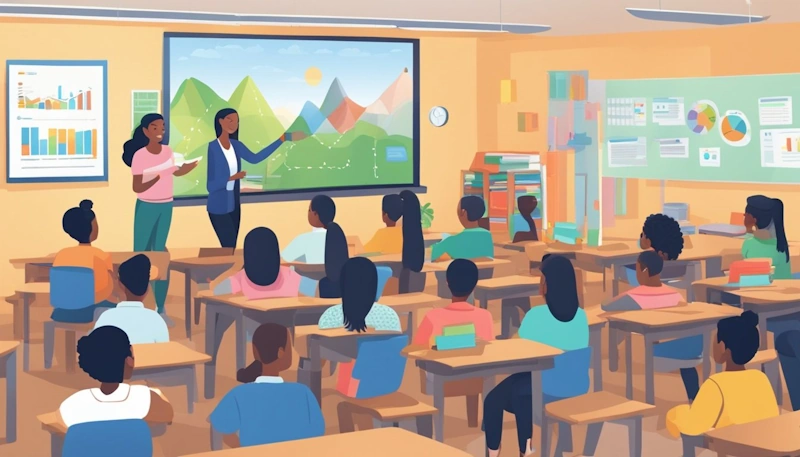
Students learn best when financial education matches their age, abilities, and experiences. Adapting lessons for different groups helps you build skills in money management, saving, and smart spending from an early age.
Teaching Financial Literacy to Preschoolers and Young Learners
With preschoolers and young children, focus on basic ideas like recognising coins and notes, sharing, and simple saving. To add, use hands-on activities such as sorting play money or setting up a pretend shop. Stories, songs, and board games are useful for making lessons fun and memorable.
Classroom routines can include reward systems where students earn tokens for good behaviour. These can be used to “buy” small privileges or prizes, teaching the basics of earning and spending. Ultimately, online games related to money can introduce early concepts in a playful way, while interactive activities help students practise counting and choosing between wants and needs.
Strategies for Teaching Financial Literacy to Teens and College Students
as setting budgets, using bank accounts, and understanding how credit cards work. Discuss how to earn money through part-time jobs and why saving is important.
Use engaging tools like online budgeting apps, simulation games, or even escape room challenges based on financial scenarios. These activities boost motivation and help students see how finance applies outside the classroom. Topics like tax, compound interest, and investing should be covered with easy examples, showing how early money decisions can affect their future
Supporting Functional Needs and Inclusive Classrooms
When teaching students with functional needs, use clear instructions, visual aids, and repeat key ideas. Break down financial concepts into small steps. For example, focus first on handling coins and notes before moving to more complex tasks like making a simple budget.
Technology tools can support diverse learners—for instance, using apps that read text aloud or games that teach money recognition. Offer extra practice with role-play, matching games, and everyday tasks like buying snacks at a classroom “café”. Motivation increases when students understand how money lessons link to their daily lives and choices.
Conclusion
In conclusion, integrating financial literacy into the classroom is not only beneficial but essential for preparing students for real-world challenges. By using a combination of practical exercises, interactive lessons, and technology, educators can foster a deeper understanding of financial concepts.
Moreover, involving students in hands-on activities like budgeting exercises or real-life case studies helps them grasp abstract concepts in a more tangible way.
Ultimately, embracing these proven strategies will not only enhance student learning but also empower them to take control of their financial futures.
What strategies have you found effective in teaching financial literacy, and how do you think they could be further improved?
About The Author

Hi! My name is Mr Mac. I am a K – 6 teacher. I love to create resources for teachers to make their teaching lives easier.
